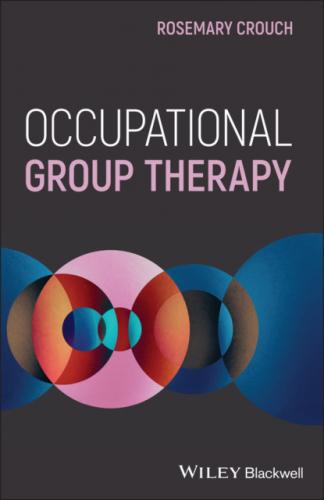Occupational Group Therapy. Rosemary Crouch
the initial assessment, a reassessment takes place. The time interval is variable and depends on the client's and therapist's judgement, but it is suggested that an expected date of reassessment be agreed upon before intervention begins’ (Law et al. 1994, p. 44).
3.4 THE MODEL OF HUMAN OCCUPATION(MOHO)
This model by Gary Kielhofner was developed in 1980 and the latest publication was 2002. The model identifies three constructs namely person, environment and occupational performance, all of which are basic concepts relevant to occupational group therapy. He emphasises occupational participation which is described as occupational identity, occupational adaptation and occupational competence which are all vitally important when participating as a member of a group. One important factor in this model is his interpretation of ‘meaning’ as being a determining factor in occupational engagement, a factor essential to participation in occupational group therapy. If a group member feels that group work has meaning for him/her it may result in feelings of competence, confidence and security as regards their abilities. ‘An assumption underlying the MOHO is that by engaging in occupation, humans learn values and skills and develop interests, a sense of self‐confidence and competence’ (Townsend and Polatajko 2007, p. 60). All of these factors are basic and extremely relevant to occupational group therapy.
Конец ознакомительного фрагмента.
Текст предоставлен ООО «ЛитРес».
Прочитайте эту книгу целиком, купив полную легальную версию на ЛитРес.
Безопасно оплатить книгу можно банковской картой Visa, MasterCard, Maestro, со счета мобильного телефона, с платежного терминала, в салоне МТС или Связной, через PayPal, WebMoney, Яндекс.Деньги, QIWI Кошелек, бонусными картами или другим удобным Вам способом.
